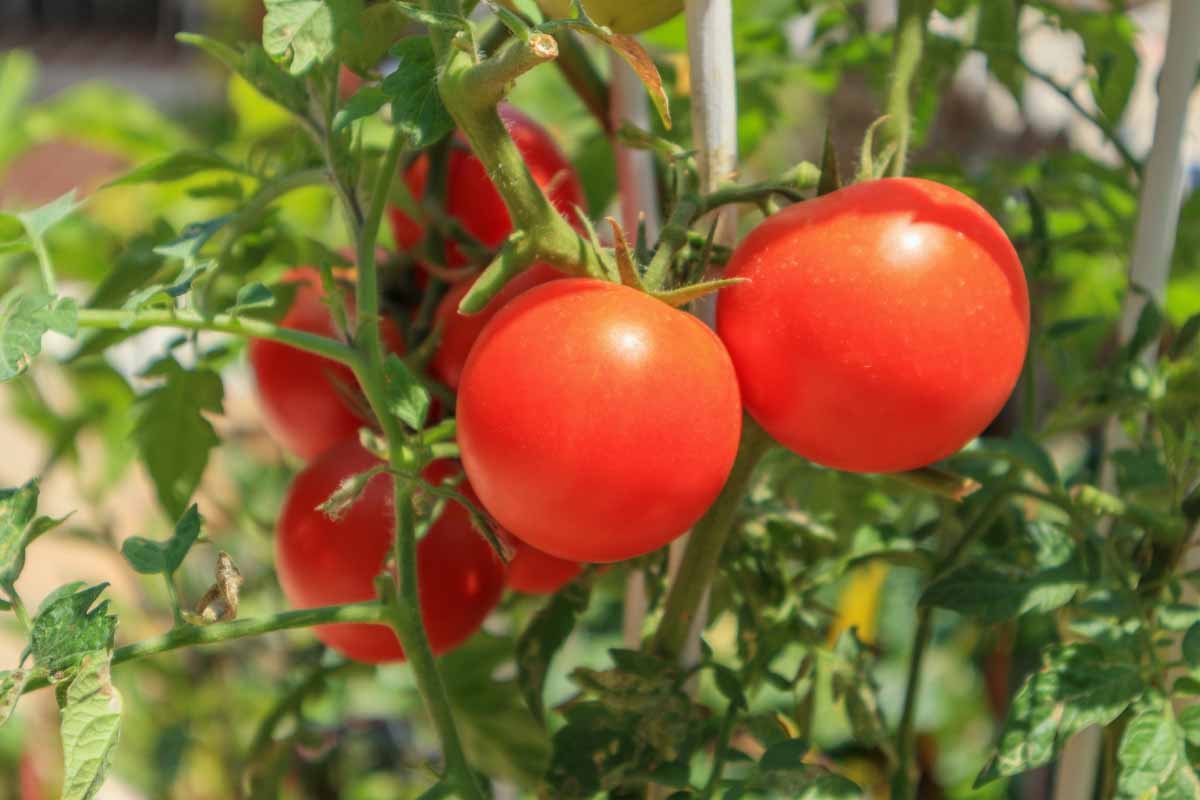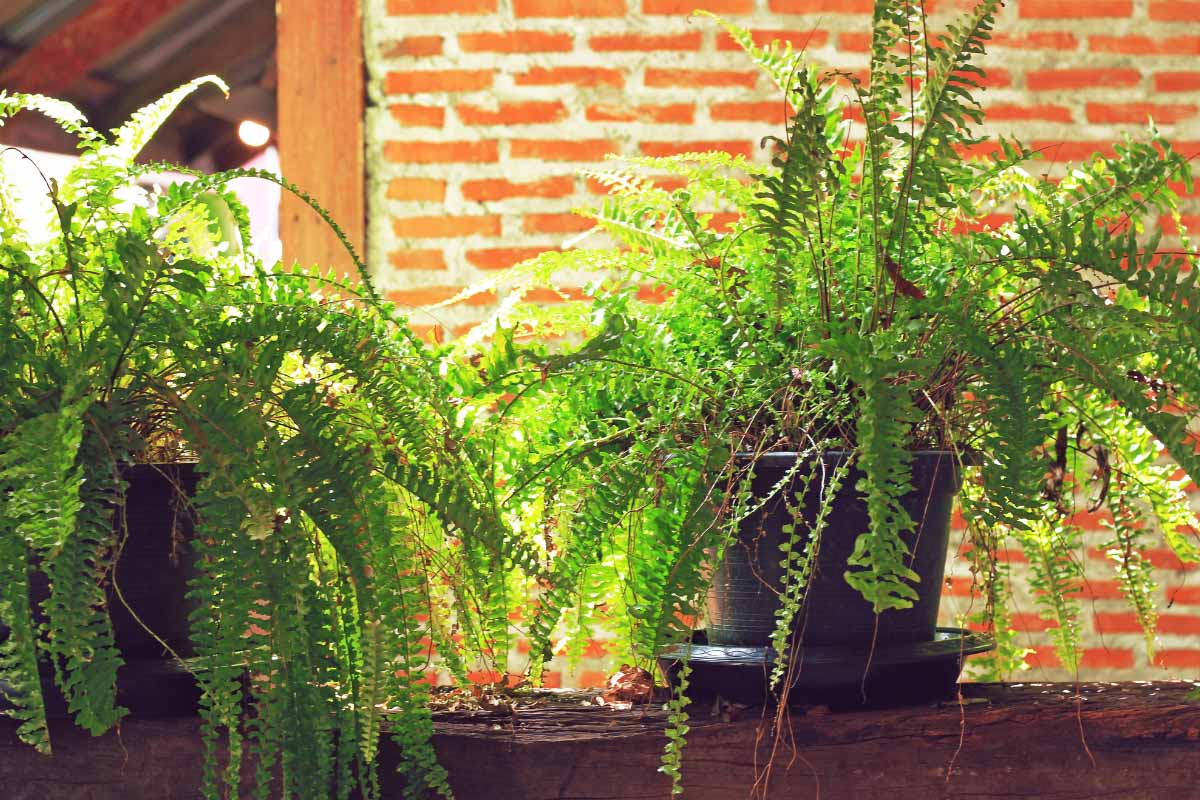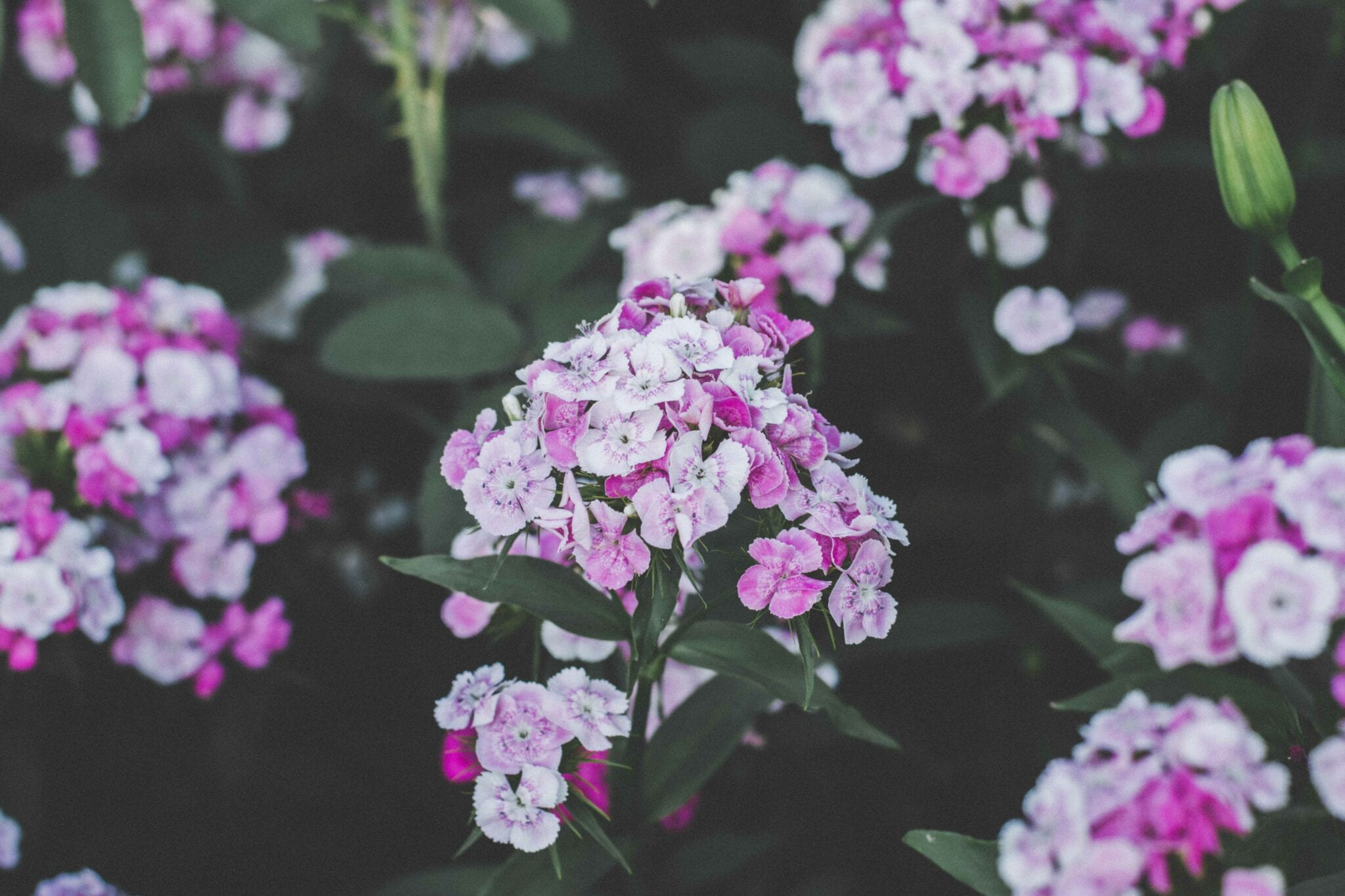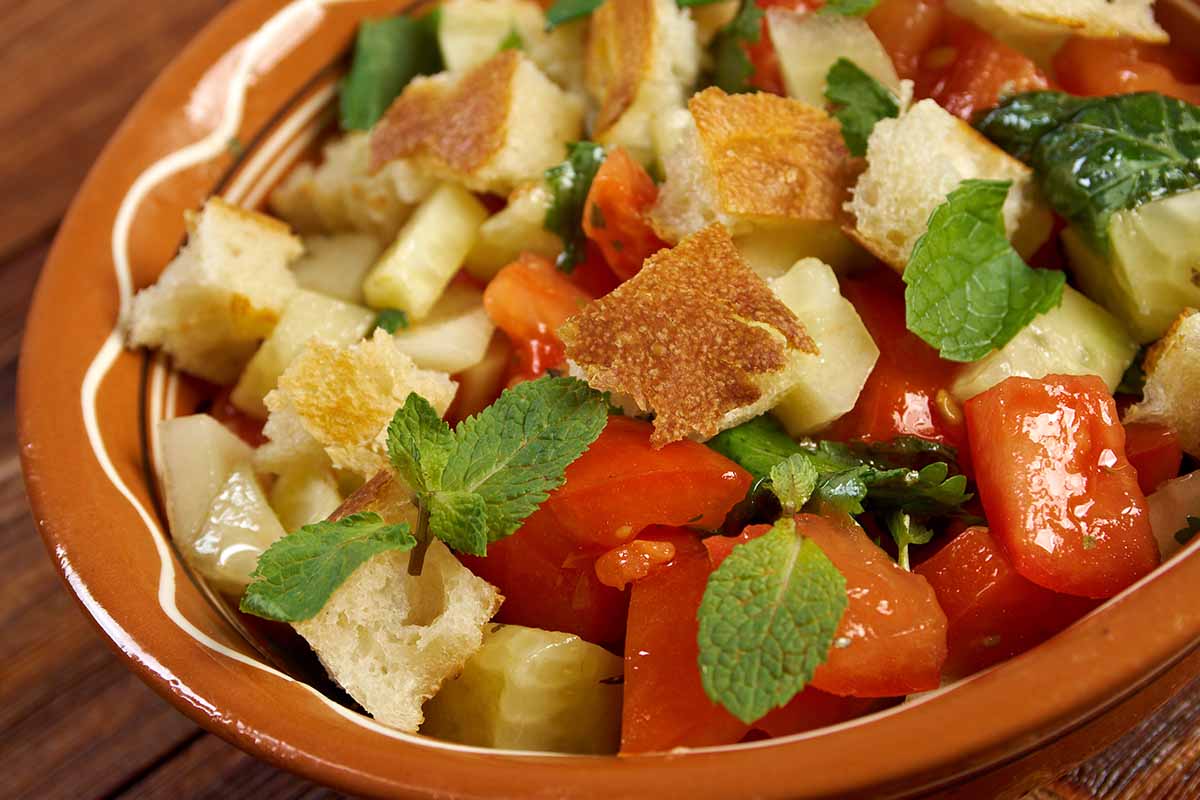Tip Top Tomatoes

Tomatoes are a vegetable garden staple. Grow gloriously red and ripe tomatoes this summer by following these tips!
Loads of Sun
Plant your maters in the sunniest spot in your garden. Tomatoes soak up loads up sunshine and need about seven hours of the stuff each day. When planting multiple plants, space the plants about 48 inches apart to allow light to reach the lower part of your plants. This will also improve air flow.
Rich Soil
Tomatoes dig rich, well-draining soil that is slightly acidic. Aim for a pH of 6.5 to 6.8. You can either use a soil tester at home or bring in a sample to your local garden center for a test. If you’ve got too much acidity, you can add dolomite lime. If the test results show that you have too much alkaline, you can add a little organic compost to your soil.
Bug Off Buddies
Placing companion plants like basil, onions, and garlic with your tomatoes can help ward off crop-damaging pets like nematodes. Moles also hate the pungent plant so…win-win.
Water and Mulch
Tomatoes need about an inch of water a week. To help keep the moisture from evaporating in the summer heat, spread a layer of mulch (shredded bark, grass clippings, etc.) on top of your soil.
So Long Suckers!
To keep your tomato plant’s energy focused on growing fruit, you’ll need to prune off the suckers. Suckers are the little leaves that shoot out from the main stem. This will help promote air circulation and reduce the chance of diseases.
We’ve got loads of lovely tomato plants at the Greenhouse. Stop on by and pick up a few!
Kill Weeds Naturally

There’s nothing more frustrating that taking time and money to create a beautiful garden only to have it taken over by weeds. Here are a few effective ways to get rid of and prevent weeds without using harmful chemicals.
Mulching
After planting your garden, cover the soil with an extra layer of organic matter such as compost, bark, wood chips, straw, etc. This can smother existing weeds and prevent others from sprouting.
Dig ‘em Up
You can use a hoe or shovel to remove all weeds. However, this method requires constant attention. If you don’t put in the time, the weeds will come back and need to be dug up again. On the bright side, constant hand-weeding will prevent the weeds from reproducing.
Cram Packed Plants
Weeds can’t grow if there’s no room for them to do so. Planting dense ground covers and perennials will make it harder for weeds to grow underneath.
Bake ‘em
If you have a large area of weeds in an area that don’t have a lot of plants, you can cover the impacted area with heavy plastic sheeting. This works best in an area that gets full sun. Cover the area with plastic and let it sit for 4-6 weeks. When the area underneath is brown, you’re ready to move forward with planting your goodies.
Vodka, Man!
Mix 1 oz vodka, 2 cups water, and a couple drops of dish soap for an excellent natural weed killer. Spray the mixture on weeds that have good sun exposure. Keep in mind, this doesn’t work too well for weeds in shady areas.
Fire
Flame weeding is a the process of passing a flame briefly over an area to kill the weeds. A flame weeder is usually a wand connected to a propane tank. Please not this method only kills the weed plant on the surface and not the roots so you would have to do this on a regular basis. As with any fire-related activity, please take safety precautions.
Visit our blog for more gardening tidbits!
Watering Your Fern

We love ferns here at the Greenhouse! Their full, lush fronds can be beautiful options for hanging plants or for planting in shady areas of your garden. In addition to lots of shade and indirect sunlight, ferns needs tons of moisture. Here are a few ways you can keep your fern’s conditions moist.
Double Potting
Select a second pot slightly larger than the container your fern is potted in. Fill the larger container with water-soaked moss and place your second pot inside. Cover the fern-filled pot’s soil and rim with wet moss. Add water to the moss every few days.
Water Tray
To create a humid environment for your fern, fill a tray with pebbles and add water until the water is just below the top of the pebbles. Place your potted fern in the tray. As the water in the tray evaporates, it will add moisture to the air around your fern.
Humidifier
Another easy way to keep your fern happy is to place a humidifier by your plant. Simple!
We also recommending misting your fern with room-temperature water on a regular basis. For better results, spray the area above your fern and let the mist settle onto the leaves.
Visit our blog for more great gardening tips!
Best Perennials For Lazy Gardeners

Let’s be real. Not everyone enjoys the digging, kneeling, and rough hands that comes with gardening. However, you have to put in a little elbow grease in order to reap the benefits of all the glorious blooms. If this is you, hardy perennials are your best friends. They bloom every year and will save you time and money. Try these tough-to-kill options!
Obedient Plant
Featuring snapdragon-like flowers, obedient plant is fast-spreading and does well as long as you give it some room to travel as it can grow up to 4 feet tall and wide. It does well in full sun and part shade with moist soil. Pair it with Black-eyed Susans as they both bloom in late Summer thru Fall.
Ajuga
The green, burgundy or bronze ground cover adds a splash of color to your garden from Spring to Fall. Little blue flowers bloom in the Spring. Growing up to 6 inches tall and 3 feet wide, this easy-to-grow plant likes the shade and moist, well-drained soil.
Phlox
Invite bees and butterflies to your garden with this flowery plant. Blooms begin in early Summer and continue their show thru the season. It’s lovely fragrant will waft through the air especially on warm evenings. You can even cut the flowers and bring them inside to freshen up the house. Plant this beautiful bloom in full sun or part shade with moist, well-drained soil.
Not sure what low-maintenance perennials to use in your garden? Visit us at the Greenhouse and our experts will help you out!









